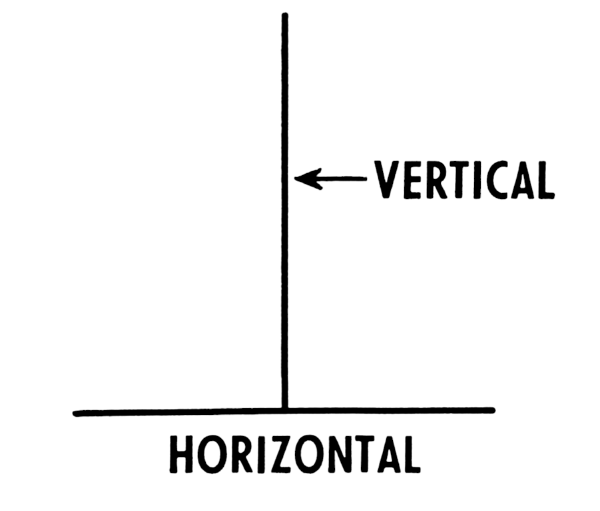Two More MOOCs I Didn't Complete. And I'm Okay With That.
 Though we hear a lot less about Massive Open Online Courses now than we did five years ago, demand for online courses is still growing. In 2015, the global market for online learning was said to be about $107 billion and in 2017, this market was said to have grown to $255 billion. If those numbers are correct, that is more than 200% growth.
Though we hear a lot less about Massive Open Online Courses now than we did five years ago, demand for online courses is still growing. In 2015, the global market for online learning was said to be about $107 billion and in 2017, this market was said to have grown to $255 billion. If those numbers are correct, that is more than 200% growth.
Those numbers certainly have attracted companies to create and sell online courses. But I still find many articles that say the completion rate for courses remains low - about 15%. HarvardX and MITx recently reported that only 5.5% of people who enroll in one of their open online courses earn a certificate.
How can we explain this disconnect between demand for courses and the number of people who actually complete the course whether it is free or for a fee? I would go back to some of my MOOC posts since 2012. People often take a MOOC with no intention to finish all the work or the course. They come into the course to get certain content. That is not a model traditional schools or instructors know. It is also a new model for learners. take what you need, and leave.
My own most recent MOOC experiences fit into the non-completion category. I took the course from HarvardX (edX) on "Buddhism Through Its Scriptures." I am not new to the study of religion or Buddhism, but I am not really familiar with Buddhist scriptures. I took this free course (no credit/certificate, though that is offered) because of an intellectual curiosity. The course has readings, both scriptural and informational. There are video lectures. There are discussions. There are even quizzes to check and perhaps stop you along the way to prevent you somewhat from just clicking your way through the content.
The other MOOC I enrolled in simultaneously is "Compassionate Leadership Through Service Learning with Jane Goodall and Roots & Shoots" offered through Coursera. This is an action-oriented online teacher professional development course. It is not as passive as many online courses and requires participants to identify and implement a local service-learning campaign. All of this uses the Roots & Shoots program model associated with Jane Goodall, who is one of my personal heroes.
I should not enroll in two courses at once. I just can't commit the time. Though I was interested in the service learning curriculum from an educator point of view, I did not have any plan to implement a campaign.
I learned about the Roots and Shoots model, gathered some teacher resources, learned the differences between service-learning and community service, and understand what is meant by a compassionate leader. many of the skills apply to other projects I work on, especially in my volunteer work.I mentor young people and some of that is about try to create change in the community, so learning about using community mapping, collaborating with stakeholders, and designing practical campaigns are all useful.
Did I learn from the two courses? Yes. Will I apply that learning to my personal and work lives? Yes. Did I complete the courses? No. Do I consider this a failure of the course or myself? No.
One of the battle cries during the rise of the MOOC was to democratize online learning. I believe that has happened. The number of free and inexpensive online courses available to learners worldwide is massive. There might even be too many courses - part of the online information overload of blogs, podcasts, YouTube videos, ebooks, webinars, and websites.
Our way of measuring student success across different platforms and educational settings need to change. A better question to ask a MOOC learner at the end of the course is whether the course met their needs.
I don't know if the "freemium" model of the MicroMasters programs offered on edX will be part of a new way of selecting courses and a program. They allow someone to start in a lower-cost online course and then apply for an in-person semester-long graduate program if they make it through the online portion. The MOOC-that's-not-a-MOOC is a kind of test drive.
There are many interesting approaches to online learning, certification, accreditation and tuition that are changing higher education. The MOOC movement initiated many of these projects - but they are NOT MOOCs. Keep that in mind.

 In microeconomics and management, going vertical or vertical integration occurs when the supply chain of a company is owned by that company. For example, if a car manufacturer also produces its own steel, tires and batteries.
In microeconomics and management, going vertical or vertical integration occurs when the supply chain of a company is owned by that company. For example, if a car manufacturer also produces its own steel, tires and batteries.